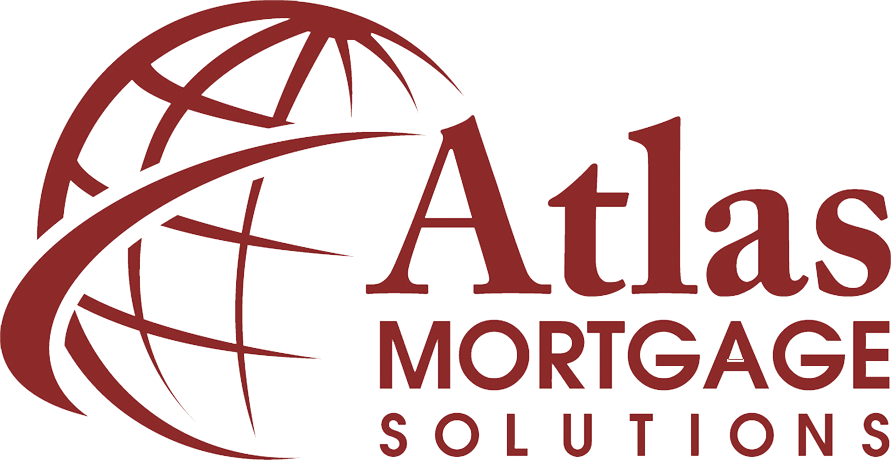HECM Costs & Payments
If you are wondering about the costs and fees associated with getting a reverse mortgage, this page will give you an overview of what to expect. We also go over many of the factors that play into how much money you could receive. If you want a more specific estimate of how much money you could get, use our reverse mortgage calculator below.
Factors That Influence Your Payment Amount
There are a number of factors which influence how much you will receive in your reverse mortgage payment. One factor is the amount of equity you have in your home combined with its market value. The more of your mortgage you have already paid off, the more you could receive. You may also be able to receive more if you have a high value home. Another factor is the age of your youngest borrower. The older they are, the more they can potentially get paid. Your payment can also be significantly affected by your personal financial situation. If you have any mortgage left to pay, it will need to be paid off using some of the funds from your reverse mortgage. Your ability to pay homeowner’s insurance, property taxes, and other related costs will also be taken into account. Another factor is the type of HECM (reverse mortgage) you choose. Your home location can also make an impact. Some places can fetch a higher payment than others.
Reverse Mortgages Costs
Costs that are associated with getting a reverse mortgage include the loan interest rate, monthly servicing fees, a mortgage insurance premium, and closing costs. Many of these costs can be included with your reverse mortgage financing, meaning you won’t need to worry about immediate payment but you will receive less money overall. The loan will only need to be repaid within 6 months after you move out or if all borrowers pass away. If you have any specific questions about the costs of getting a reverse mortgage, please contact us.
- Amount of Home Equity & Home Market Value
- Age of Youngest Borrower
- Personal Financial Situation
- Type of HECM
- Home Location
- Loan Interest Rate
- Closing Costs
- Servicing Fees
- Eventual Loan Repayment
- Mortgage Insurance Premium
Types of Reverse Mortgages
Lump Sum
You collect the entire payment all at once. This is your only option if you want a fixed-rate mortgage.
Tenure
You will receive monthly payments throughout the whole life of the loan
Term
You receive monthly payments for a fixed amount of time.
Line of Credit
A line of credit can be drawn from anytime you want, and it will grow in value over time if you don't use it too quickly.
Combination of Options
You can combine certain options if you get an adjustable-rate loan. For example, you could have Monthly tenure or term payments in addition to a line of credit.
Fixed-Rate vs Adjustable-Rate HECMs
A fixed-rate reverse mortgage means the amount of interest you pay is set in stone. This is nice because you know exactly how much interest you need to pay, but you also have more limited options when it comes to the type of HECM you can choose. The only fixed-rate reverse mortgage option is the lump sum, where you take the entire sum of money available to you at once. With this option, interest starts to accrue immediately after you get the money.
Adjustable-rate reverse mortgages are more flexible, allowing for a variety of options and combinations of HECM types. Additionally, the total amount of money you could receive is typically higher with adjustable interest rates. You also only need to pay interest on the money you actually borrow. For example, you wouldn’t pay interest on untapped funds in your credit line. It is important to be aware that the interest you pay on Adjustable-rate reverse mortgages could change over time.
Calculate Reverse Mortgage
See what amount you qualify for with our reverse mortgage calculator. Fill out the following form for an estimate.

